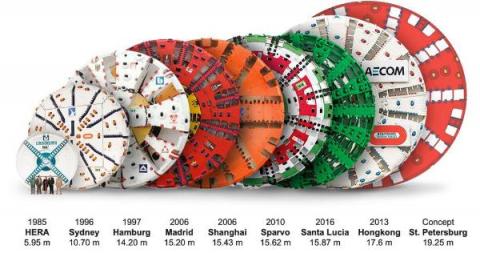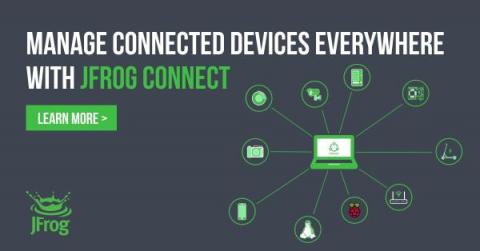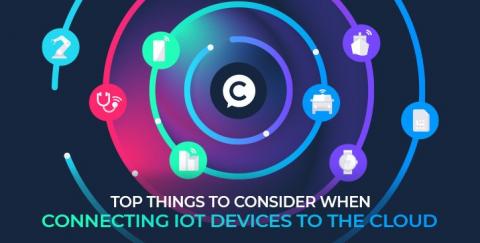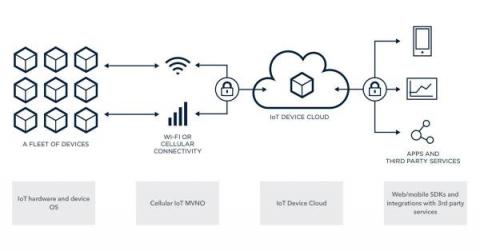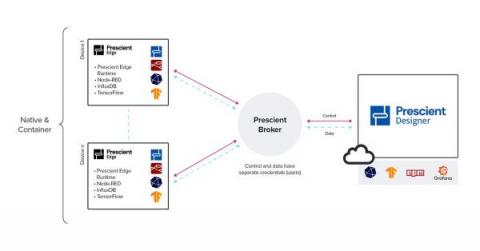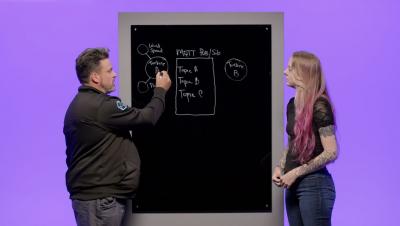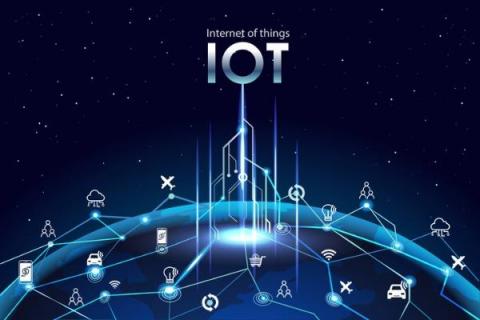Building an On-Device Embedded Testing Library
There are too few C/C++ testing libraries designed for embedded devices. The traditional libraries are not designed for constrained resources and rely on host functionality like a filesystem or standard output. In this post, I detail why I’ve decided to design a new testing library for microcontrollers and cover the rationale, design choices, and thoughts on the prototype. Like Interrupt? Subscribe to get our latest posts straight to your mailbox.



